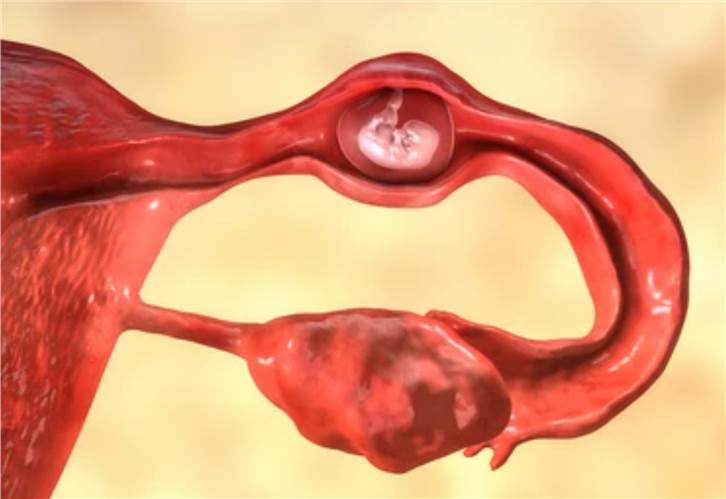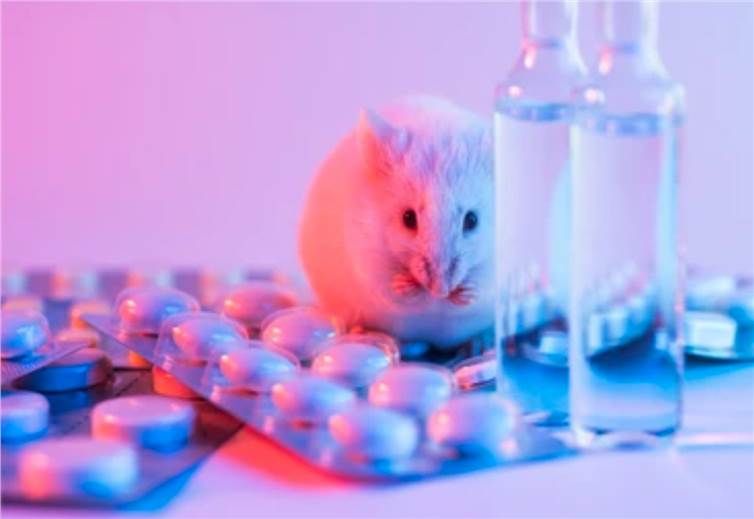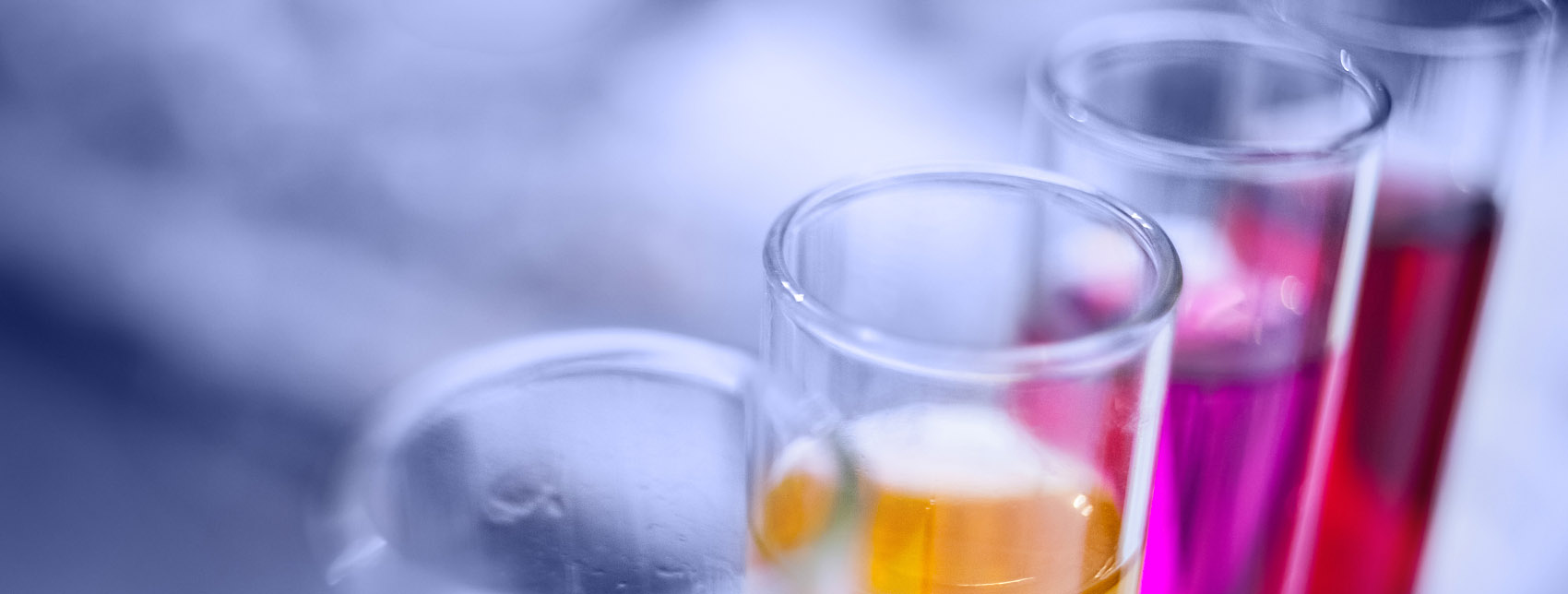During the development of animal embryos, some foreign compounds can interfere with cell differentiation and organ formation, resulting in morphological and structural abnormalities in the offspring fetus. These substances are known as teratogens.
Our company offers teratogenicity testing services to help customers detect the potential for fetal malformations in pregnant animals following exposure to samples and to predict their possible teratogenicity in humans.
Test Range
Veterinary drugs, pesticides, chemicals, fungicides, organic toxicants, solid waste, domestic waste leachate, hazardous waste, sewage, sludge, water quality, surfactants, etc.

About Teratogenicity Test Service
Test Method
Our company mates sexually mature males with females, randomly assigned confirmed pregnant females to each dose group, and gives samples to be stained during the embryonic developmental organ formation period of the pregnant animals.
We execute the females before the expected date of delivery, remove the uterus and examine the absorbed fetuses, live fetuses, stillborn fetuses, as well as fetus litters for appearance, internal organs and skeletal malformations.
Sample Preparation
We first use the original samples. If the original samples can not be used, we treat them appropriately.
We dissolve or suspend the solid sample in a suitable solvent or medium. The preferred solvent is usually water. Samples that are insoluble in water may use edible oils.
Liquid samples can be used straight or diluted.
Test Animals
Healthy, sexually mature rats, mice, or rabbits may be used as test animals. Rats are more commonly used because they have fewer natural deformities and are of a size suitable for examination.

Route of Sample Administration
Samples are usually given by oral gavage. Other routes are available upon request.
Test Observations
- Maternal observation: Clinical observation, including skin, coat, eyes, mucous membranes, respiration, neurobehavior, limb movement, etc. Various signs of intoxication, including time of onset, degree of presentation and duration.
- Execution and general examination of conceived females.
- Examination of live fetal rats.
- Preparation and examination of skeletal specimens of fetal rats.
- Examination of the internal organs of fetal rats.
Teratogenicity Test Report
The test report provided by Our company includes at least the following:
- Test name, test start and end dates, etc.
- Test summary.
- Specific information on the active ingredients, appearance, and properties of the sample, and the preparation method.
- The specific information of experimental animals and serving environment.
- Dose and group: The principle or basis for choosing the dose, dose and group, the way of grouping animals, etc.
- Test conditions and methods: Main instruments and equipment, route of poisoning, poisoning protocol, test period, observation index, etc.
- Test results: Body weight, pregnancy status, number of corpus luteum, number of implantation, number of absorbed fetuses, number of live fetuses, number and percentage of stillborn fetuses, condition of fetal litters (body weight, body length), type (appearance, bones and internal organs), number and percentage of deformed fetuses.
- Test Conclusion: hi of the effect of the sample on the mother and her offspring. Clarify whether the sample has a teratogenic effect, and if so, present the minimum teratogenic dose.
- Description of the original record keeping.
For more information, please feel free to contact us.
Related Solutions
It should be noted that our service is only used for research, not for clinical use.


